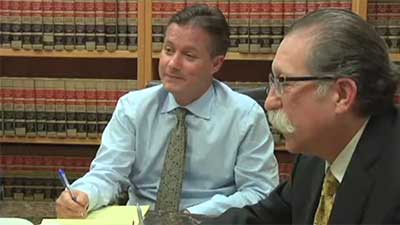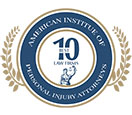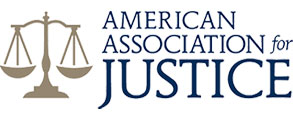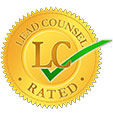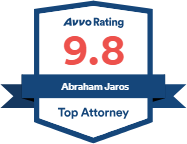Toys send children to the emergency room every year. Not all of these injuries come from fundamentally unsafe or defective toys, but enough do that it’s worth talking about pursuing personal injury cases in regard to these items.
Advances in technology are also creating new toy-based risks. For example, some “smart toys" create a wealth of hackable data that can be used to harm your children.
Can you sue for any toy related injury?
In order to sue, the toy must have been used in alignment with the manufacturer’s guidelines.
For example, children under the age of 8 should not be given uninflated balloons. They can suck those balloons into their airway and suffocate.
There are exceptions. If the very design of the toy is defective or dangerous such that there is no safe way to play with it regardless of guidelines, and/or if there were dangers inherent to the toy that the manufacturer did provide adequate warnings to cover, then you may still have grounds for a lawsuit.
Who can be held responsible when a toy is defective?
Multiple parties may be held responsible during a dangerous toy lawsuit.
- Manufacturers
- Distributors
- Retailers
- Advertisers
One of your attorney’s primary jobs will be determining which parties may be sued and pursuing those parties for their share of your damages.
Does it matter if a recall has been issued?
It’s possible to purchase recalled toys online, without receiving any notice that the toy has been recall. It’s illegal to sell them, but some people do it anyway. Some do it maliciously, others are simply selling old toys that they found in their closets, and don’t realize those toys have been recalled.
In order for a recall to harm your personal injury case, the defendants must be able to show that you received notice of the recall and did not comply with it.
What if the toy was a counterfeit?
Counterfeit toys are a huge problem. Many contain toxic chemicals that were banned here in the United States, or contain choking hazards due to pieces breaking off.
The original manufacturer can’t be held responsible for the counterfeit, but the distributor or retailer who sold them might be.
Protecting Your Family
There are steps you can take to protect your family.
- Be very cautious about buying toys secondhand. Do your research before making any purchase.
- Always read the warning labels and toy instructions. Save the instructions and original packaging for all toys.
- Pay close attention to the age-based safely labels. They aren’t just suggestions. Adhere to age suggestions even if you think your child is very advanced or highly intelligent.
- If an online deal looks too good to be true, it may be a sign that the toy is a counterfeit.
While you can still sue if you don’t take these steps, the primary goal is to avoid injuries to your children.
Need to launch a toy-based lawsuit?
If your child has been injured by a defective or dangerous toy, don’t wait. A personal injury suit can help cover the child’s medical bills, compensate the child for their pain and suffering, and can help you deal with other expenses associated with the injury.
Reach out to our law office to get help launching your lawsuit today.







